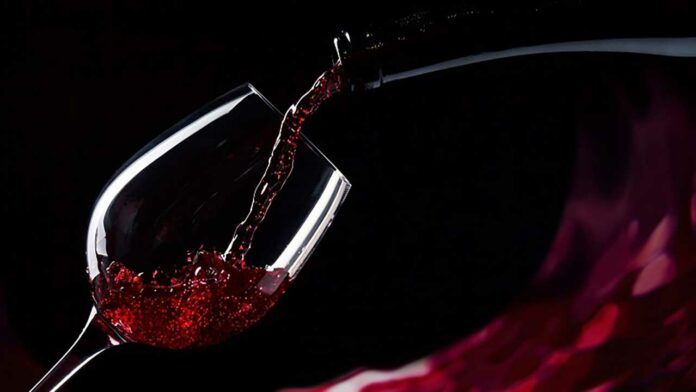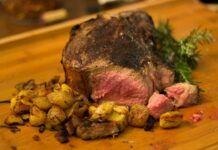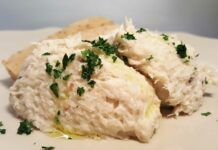“Red, firm, dry”, that’s the wine produced from the north to the south of Italy with autochthonous grapes, applying various methods of raisining, which warms the heart and soul.
Our ideal tour to discover the best Italian red wines begins with Amarone della Valpolicella, a wine that was established as a DOC in 1968 and as a DOCG in 2010. Amarone is a Venetian wine, born in the Valpolicella, a zone with a particular vocation for wine-growing. Its “classic” area of production, in the province of Verona, with its mild and moderately rainy climate, offers ideal conditions for growing the autochthonous grapes named Corvina Veronese, Corvinone and Rondinella from which it is made. After harvesting, the grapes gathered between September and October are placed in drying rooms for at least three months. The ancient art of raisining allows the loss of around half the weight of the grapes, thanks to the evaporation of the water in the berries, creating a concentration of sugars and aromas. When raisining is completed, the grapes are pressed and vinified. Then ageing takes place in large or small casts for a variable period – depending on the wine you wish to obtain – (four years for the “Reserve” version).
Now we move to Lombardy, specifically to the Valtellina, a zone famous for its “heroic viticulture” and for the most renowned Vino Nobile among the wines of the Valtellina, Sforzato della Valtellina (or “Sfursat”, as it is called in the local dialect). The name derives precisely from the practice of “forcing”, namely prolonging the maturation of the grape. This wine boasts a very long history and was established as a DOCG in 2003. In this case too, it is the unique properties of the territory – with its mild climate, sunny due to its south exposure, with the Alps protecting it from winds and damp – that have made it so successful. Obtained from a selection of the best pure Nebbiolo grapes, Sforzato enjoys an average raisining period of 110 days. After vinification it must have a minimum alcohol level of 14% and undergo at least 24 months of ageing in wood casks.
As regards the organoleptic profile of these reds, this obviously depends on the wine concerned, based on the blend of varieties, raisining method applied, duration, climate and ageing … in general, however, all have a very extensive and complex organoleptic profile in common and boast a very long ageing potential. These are structured wines, rich in alcohol and full-bodied. Fruity (dried or preserved in spirits), spicy (pepper, iquorice, cloves), balsamic (resin, clay, pine), vegetal (earth, brushwood) and many other notes are presented to the nose. Acidity is less evident to the palate and the wines prove to be more balanced and harmonious. Imagine drinking one of these wines on a wet, grey, cold day. Absolutely perfect!











